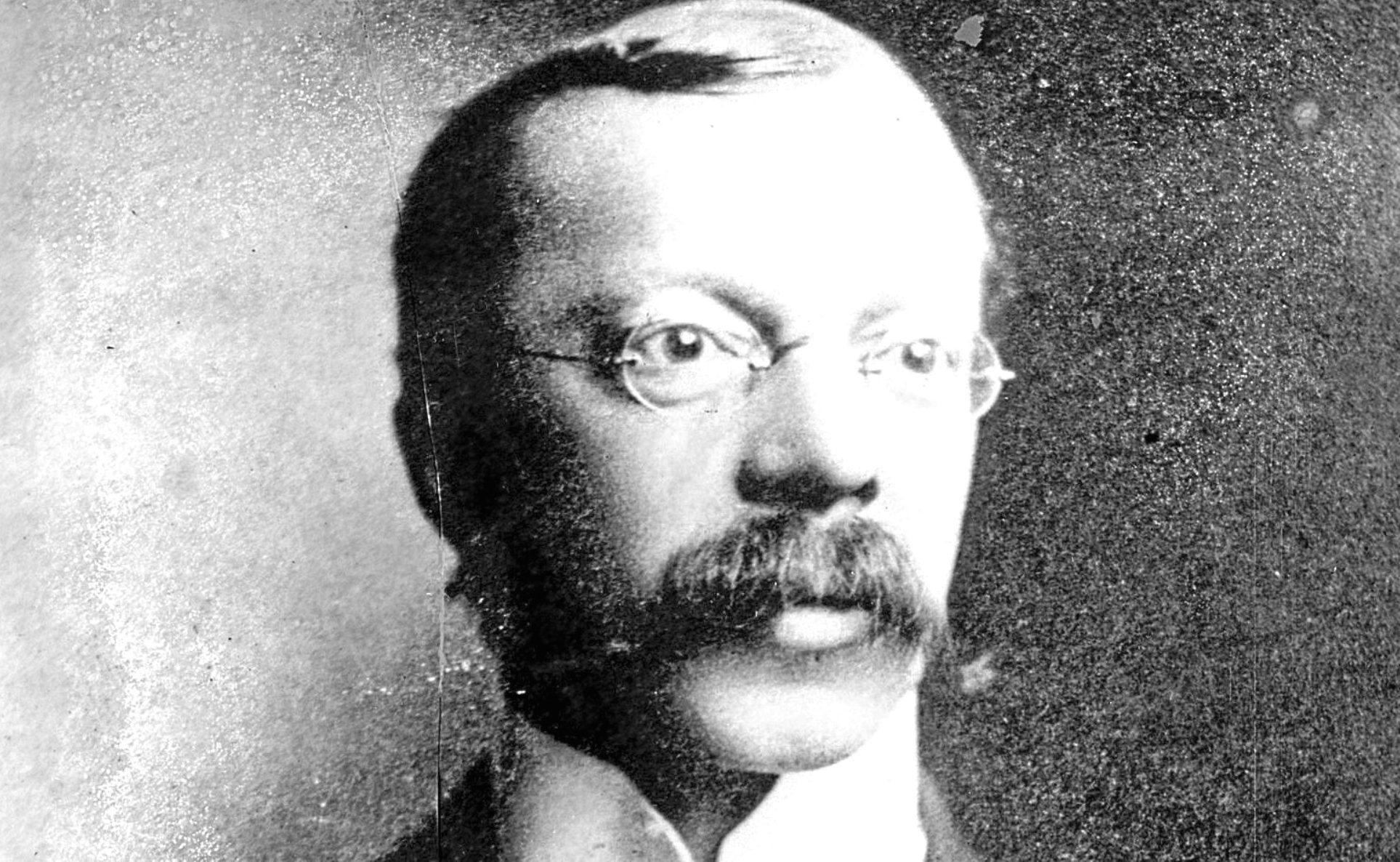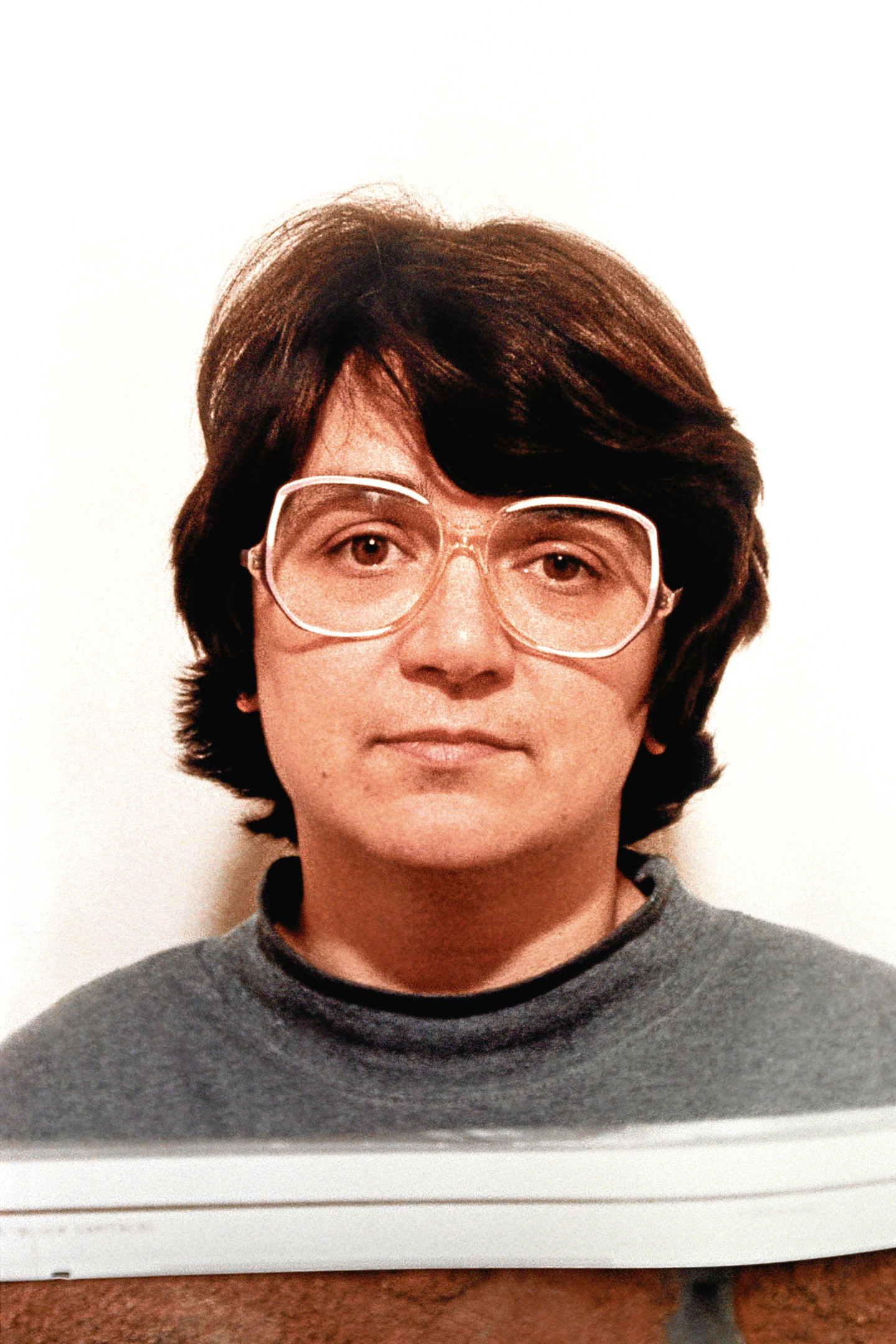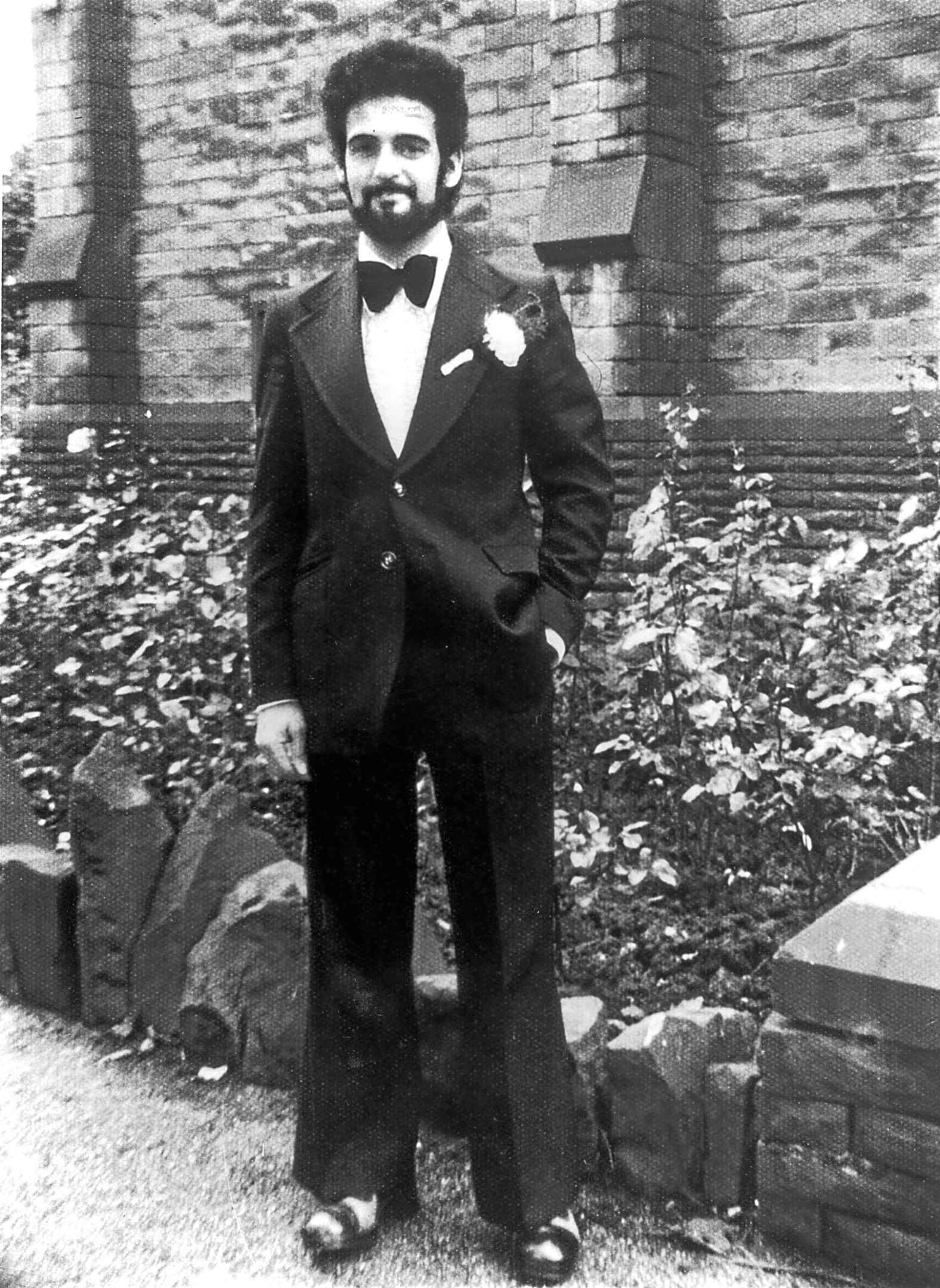
THERE is much to be proud of in our country — but over the years, there has been much to be absolutely terrified of, too.
It seems Britain has seen more than its fair share of horrific murders, deranged serial killers and ruthless gangsters.
Some killed again and again, managing to evade the law for many years, while others murdered their own families.
Even doctors have gone on the rampage, snuffing out lives as if they were worthless, while giving the appearance of being there to help.
A new book takes a look at many of the most notorious cases over the years, focussing on the 20th century. It makes for uncomfortable reading.
The astonishing case of Dr Crippen is one of the many highlights, for want of a better word, in Jim Morris’s book, and, despite its notoriety, he admits there are still doubts over it.
“The case of Dr Crippen isn’t over yet,” he says, “but on Wednesday, November 23, 1910, the authorities thought it was.
“Just after breakfast at London’s Pentonville Prison, John Ellis pulled the lever that dispensed justice to Hawley Harvey Crippen, as he fell through the trapdoor with the hangman’s noose around his neck. He’d been convicted of killing his wife.”
Crippen was the first suspect ever caught with the aid of wireless telegraphy, but doubt has recently been cast on his guilt. DNA evidence from the body found in his cellar suggests it was that of a male, so it couldn’t be his wife.
There’s absolutely no doubt, however, about two other killers — Fred West, who killed himself in 1995, and his wife Rosemary, who’s still alive and imprisoned in Durham, now aged 63.
“Cromwell Street in Gloucester has become synonymous with Fred and Rose West, who between them murdered at least 10 young women,” says author Jim.
“This may well have been just the tip of the iceberg. They also committed solo killings — Fred murdered both his first wife and Anna, a former lover. Rose killed Fred’s stepdaughter, Charmaine.
“It was a sick joke that finally put the police on to Mr and Mrs West. Heather Ann, who was born to the Wests in 1970, disappeared, and their other children would often make jokes about the patio.When the police finally turned the place over, they found 10 bodies.”
They would imprison girls they picked up at bus stops for several days, before killing them. The most bizarre aspect of the case is how the Wests carried out such horrific acts, but outwardly, kept up a fairly average, normal appearance.
Dr Frederick Harold Shipman was also an expert at making everything seem normal, while doing exactly the opposite of what he was supposed to. Instead of keeping his patients alive, he killed more than 250 of them, making him one of Britain’s most prolific killers of all time.
“On January 13, 2004, the most evil Englishman God ever put breath into was pronounced dead in Wakefield, West Yorkshire,” says Jim.
“One question I still ask is whether he hanged himself or whether persons unknown got into his cell.
“Most of us have a stereotypical idea of what a murderer looks like. Even the police thought a doctor couldn’t possibly be behind these unnecessary deaths.
“He murdered for either pleasure or to satisfy some desire for ultimate power.”
There’s no such doubt over why Georgi Markov was murdered.
“Bulgarian Georgi Markov had spoken out against the regime in his country, and from his base in London, he broadcast for the BBC World Service,” Jim explains.
“On his way to work in September 1978, he felt a slight sting to his leg, and saw a man picking up an umbrella from the road before disappearing into a taxi.
“He found a small pimple-like swelling, and that evening, developed a severe sickness and fever.
“He died four days later. A tiny pellet was found. Analysis identified the deadly chemical ricin.”
It was later shown that the USSR collaborated with Bulgaria’s secret police to snuff him out.
Not all cases are resolved though. Take that of Bible John, a Glasgow serial killer who murdered young women after meeting them at a local ballroom in 1968 and 1969. His identity has never been proved.
The well-spoken man said his name was John and frequently quoted from the Bible, so it’s easy to see how he got the nickname. But it seems we’ll never know who he really was. Or is.
“He was tall and slim, well-dressed, with reddish or fair hair, aged mid- to late-20s and about five foot 10,” says Jim. “About 1000 suspects were put forward, but all were eliminated. Despite nearly 50,000 statements and over 100 detectives being involved, there were no arrests.”
The heartbreaking case of Jill Dando is another high-profile crime Britons of a certain generation will never forget.
The beautiful blonde BBC presenter was a national favourite, before being shot dead outside her Fulham home in April 1999.
A man named Barry George was convicted and imprisoned, but later acquitted and released. The case remains open, with possible links to Yugoslav terrorist figures.
The Yorkshire Ripper case, thankfully, was closed, with monster Peter Sutcliffe serving a whole life sentence. He killed 13 women and tried to murder a further seven.
“In January 1981, he was driving a car with false number plates and arrested,” Jim says. “He confessed shortly after.”
Far from confessing, Jeremy Bamber, however, insists he is an innocent man.
He was jailed for the murder of his adoptive parents, his adoptive sister and her twin sons, aged six, then placing the gun in his schizophrenic sister’s hands.
“Mr Bamber grew to dislike his adoptive parents and began to think about what life would be like without them around,” Jim says.
“He’d inherit an estimated £500,000.”
Murders involving the killing of loved ones outrage the public even more than most.
And those who do their dastardly deeds together as a family are just as shocking.
Take the Kray twins, who terrorised London and beyond for years.
Jim reckons there are many reasons why they evaded prison sentences so long.
“There were links to homosexual relationships, which tended to prevent political parties putting pressure on the police to curtail their violence,” he says.
“Ronnie was associated with the Conservative peer, Lord Boothby, and later with Labour politician Tom Driburg. When Lord Boothby stood accused of being supplied with young men, the issue was settled with Kray twins threats.”
The Who’s Who Of British Crime In The Twentieth Century, by Jim Morris, is published by Amberley, priced £9.99.
ISBN No. 978-1-4456-7202-1.

Enjoy the convenience of having The Sunday Post delivered as a digital ePaper straight to your smartphone, tablet or computer.
Subscribe for only £5.49 a month and enjoy all the benefits of the printed paper as a digital replica.
Subscribe

